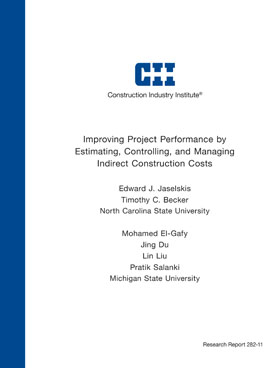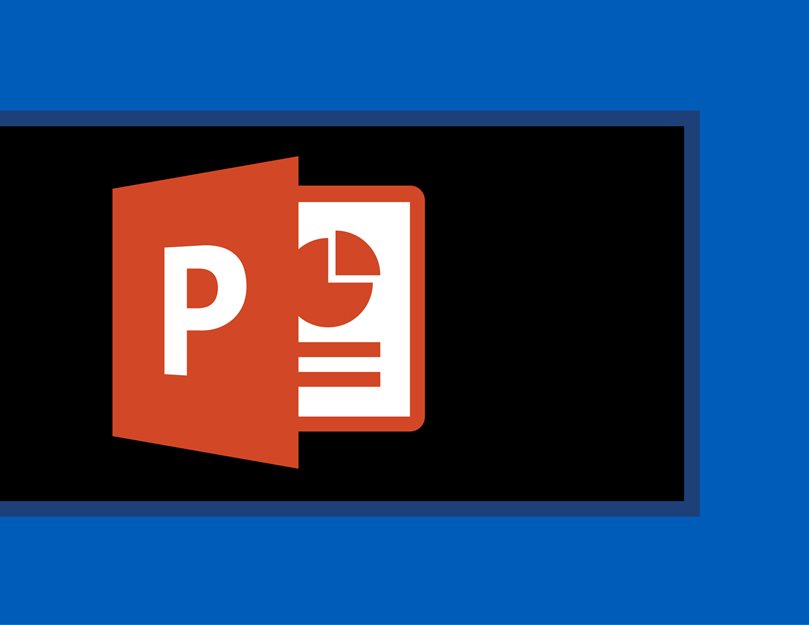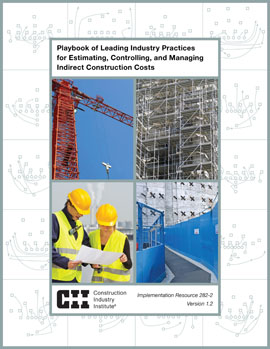
Improving Project Performance by Estimating, Controlling, and Managing Indirect Construction Costs
Relentless market pressures challenge construction companies to reduce construction costs and to increase the value created by the capital improvement process. Improved management of indirect construction costs (IDCC) has been identified by the Construction Industry Institute (CII) as a contemporary focus area for process improvement. IDCC comprise from as little as 10 percent to 40 percent or more of the total cost of construction projects, in part dependent upon the type and nature of the project. Yet at either end of this range of percentages, IDCC account for a significant component of total project costs which justifies the need to utilize leading industry practices to estimate, control and manage IDCC. When purposeful IDCC practices are not afforded the appropriate attention and resources, key outcomes of construction projects are affected. This research operationally defines IDCC and proposes a structured categorization framework for use in understanding and communicating IDCC functions among construction project participants. To establish a shared context and vocabulary for IDCC, a three-part operational definition is proposed including a detailed lexical definition, an aggregated chart of accounts and a categorization framework.
Empirical recommendations contained within this research are premised upon data collected through testimonials, interviews and brain-storming of an extensive set of construction industry professionals, specifically including a 25-member CII research team. Statistical findings are based upon data collected through 56 one-on-one data collection interviews with subject matter experts and 47 project-level surveys. Structured data collection interviews achieved two primary objectives. The first is to identify and rank the “key” IDCC groups perceived has having the greatest impact to project performance, i.e., construction project staff, major construction equipment, scaffolding and temporary provisions. The second objective is to investigate and document leading industry practices (i.e., consideration checklists, detailed process mapping and representative practical tools) used within successful companies for handling these key IDCC.
Qualitative data have been filtered, aggregated and technically presented as comprehensive instructional guidelines (referred to as the “Playbook”) targeted for use by industry practitioners to improve company processes and tools pertaining to IDCC. The Playbook includes 12 empirical checklists containing 216 consideration items, nine detailed process flowcharts and 20 practical tools for estimating, controlling and managing IDCC. These recommended practices and tools were verified and validated through rotational progressive reviews by experts and through project level case studies. The Playbook has been separately published as Implementation Resource 282-2.
Quantitative data were statistically analyzed using hypothesis testing and correlation analysis. The utilized statistical methods include the Mood’s median test, Mann-Whitney U test, Pearson’s Chi-squared test, Spearman rank correlation analysis, and Phi correlation analysis. These tests assessed the presence of any statistically significant relationships between 15 representative IDCC practices and six construction project outcome metrics. The two most statistically significant relationships of positive correlation found between IDCC practices and project outcomes are: 1) the relationship of frequency of project manager-field supervisor meetings to review IDCC with quality performance metric; and 2) the relationship of frequency of project manager-field supervisor meetings to review IDCC with the index representing five hard project performance metrics.
In summary, this research operationally defines IDCC, tests the association between IDCC practices and construction project outcomes, and offers process improvement opportunity by recommending leading IDCC practices. The predictability of construction project outcomes can be improved through application of the full collection of IDCC practices outlined and detailed in this research. Financial and time resources are constrained on construction projects, so practitioners may elect to focus their efforts on those specific IDCC practices most closely related to the construction project outcome(s) considered of highest value to the owner.



